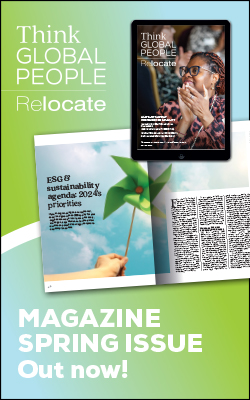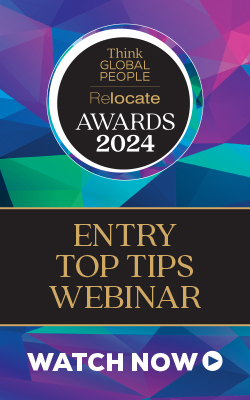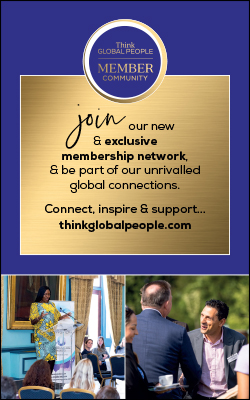Managing mobile careers and career pathing factsheet
A factsheet on managing mobile careers and career pathing is now available as part of Relocate’s new Global Mobility Toolkit. Download your free copy.


- What is talent?
- The need for talent and career management
- Strategic choices in managing global talent and mobile careers
- Career pathing and succession planning
- Global talent, career management and development options
- Useful contacts
- Further reading
SAMPLE CONTENT
What is talent?
‘Talent’ is a highly subjective term. It is generally used to refer to people who can make a positive difference to organisational success. Talented people either deliver or have the potential to deliver a greater contribution than others who have less talent, or who lack talent.Talented individuals may already possess the skills, knowledge and behaviours that comprise the competencies that give rise to identified organisational success. Alternatively, these may be latent but capable of development. Thus, talent can refer to individuals who have yet to reach their full potential but who, given developmental opportunities, are considered capable of contributing to future positive outcomes. One of the key problems in defining talent is that it has different meanings in different contexts. Economic, legal and political environments all impact on talent definition. Identifying talent creates similar consternation, as this is not neutral, value-free or consistent. Both the definition and identification of talent can be linked to an organisation’s strategic goals and challenges, changing as organisational success factors are redefined.Talent definition and identification are also influenced by internal organisational culture and the societal culture in which employers do business, affecting recruitment and selection decision-making. For example, leadership is gendered, and this can affect decisions to develop and appoint talented women in senior and international roles.The need for talent and career management
The management of talent is critical if organisations are to recruit, select, develop, deploy and retain key personnel capable of delivering organisational objectives efficiently and effectively.Managing talent is often viewed from the employer’s perspective; having the right people in the right place, at the right time, and at the right cost is a goal that all mobility professionals will be familiar with. While this is well and good, there is also another critical element that must be embraced – namely, the management of employees’ careers.It is necessary to distinguish between employer and employee objectives. This is because if employees can see how the organisational strategy of talent management benefits themselves, not just their employer, they are more likely to buy into the process.When employees have a view of how their career prospects potentially will be enhanced and their working lives developed in the future, this helps to maintain a positive ‘psychological contract’ with their employer. Individuals develop psychological contracts based on reciprocity and trust between the parties. This represents the employment relationship.In essence, employees expect that their present contribution will be balanced against future benefits, and they place trust in their employer that these benefits will be forthcoming. While this positive psychological contract remains in place, employees are likely to remain committed and engaged.Career pathing and succession planning
Thinking ahead to identify talent to meet future business needs as well as current demands requires sophisticated links between strategic human resource planning and day-to-day operations. Global IT systems and databases can be used to track talent, plan career paths, and ensure succession planning as staff move from one assignment to another, repatriate or localise.As part of a career-pathing and succession-planning process, organisations can utilise data from performance management and employee development review processes. IT-based recording can enable individuals to update their development review profiles regularly as their circumstances change.In this way, they can record when they are mobile and/or any restrictions on their mobility (such as children’s critical education periods). The data from performance and development reviews can also be used to identify specific and generic competencies alongside international and cultural experience. This information can be very helpful when it comes to identifying individuals for particular assignments and any associated training and development needs.
Also in the Talent and Career Management Toolkit
Available now:- Factsheet 2: Resourcing and Selection of Talent
- Factsheet 3: Leadership and Management Development Strategies
- Management and Leadership Training
- Networks, Mentors and Role Models
- Graduate and Management Development Programmes
- Managing Careers Across Generations
- Self Initiated Mobility
































